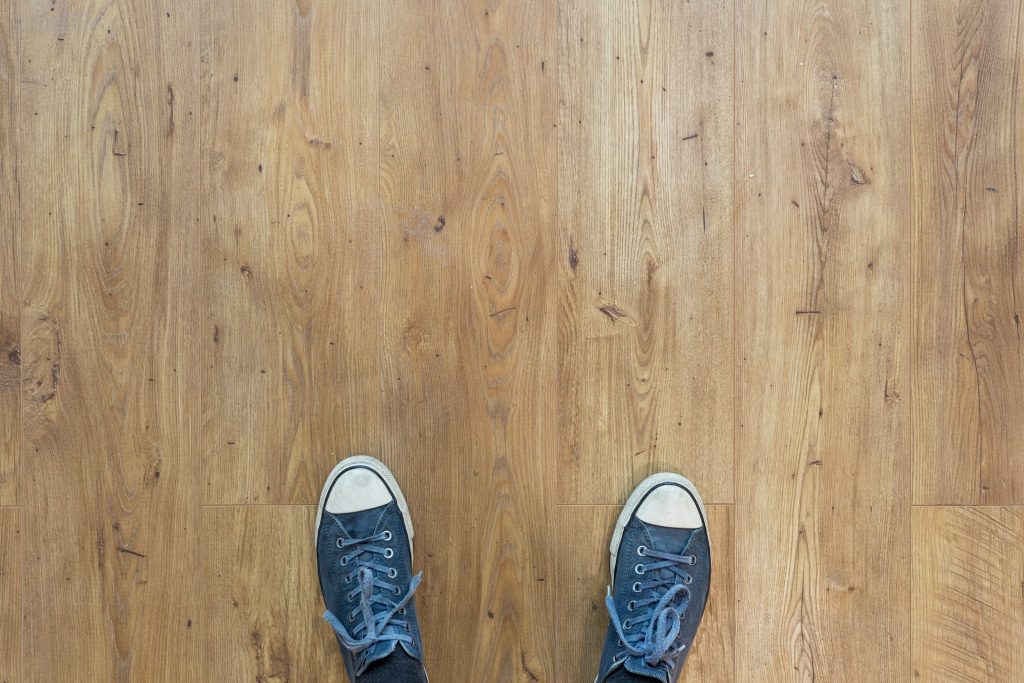This article discusses How Do You Get A Smell Out Of Wood, hopefully providing additional knowledge for you.

How to Rid Wood of Unpleasant Odors
Wood, a natural material praised for its versatility and timeless appeal, can sometimes develop unpleasant odors for various reasons. Whether it’s a lingering pet smell, musty basement air, or the pungent aroma of mildew, dealing with these odors can be a daunting task. In this comprehensive guide, we delve into the realm of wood odor removal, exploring effective techniques to eliminate unwanted scents and restore the fresh, inviting ambiance of your wooden surfaces.
Before embarking on the odor-busting journey, it’s crucial to identify the root cause of the smell. This step will determine the most appropriate approach to odor elimination. Common culprits include pet urine, food spills, moisture buildup, and mold growth. Once the source is identified, targeted solutions can be employed to neutralize the odor and prevent its recurrence.
The Science of Odor Absorption and Neutralization
Understanding the science behind odor absorption and neutralization is essential for effective odor removal. Odors are airborne molecules released by various sources. These molecules interact with our olfactory receptors, triggering our sense of smell. Odor absorbers, such as activated charcoal and baking soda, work by trapping these odor molecules, effectively removing them from the air.
Odor neutralizers, on the other hand, employ a different mechanism. They contain ingredients that chemically react with odor molecules, altering their structure and rendering them odorless. This process is particularly effective against strong, lingering odors, such as pet urine and smoke.
Comprehensive Odor Removal Techniques
Armed with the knowledge of odor absorption and neutralization, we can now explore the various techniques available for removing odors from wood. These methods range from simple household remedies to professional-grade solutions, providing options for every need and budget.
1. Natural Odor Absorbers: Baking soda, activated charcoal, and white vinegar are natural odor absorbers that can effectively neutralize mild odors. Sprinkle baking soda or activated charcoal on the affected area and allow it to sit for several hours or overnight. Vacuum the powder away and repeat if necessary. White vinegar can be diluted with water and applied to the surface with a cloth or spray bottle.
2. Chemical Odor Neutralizers: Commercial odor neutralizers containing enzymes or other active ingredients can effectively eliminate strong, persistent odors. Follow the manufacturer’s instructions carefully for application and safety precautions.
3. UV Light Treatment: Ultraviolet (UV) light treatment is a professional-grade solution that can kill bacteria, mold, and other odor-causing microorganisms. Exposing the affected wood to UV light for an extended period can significantly reduce or eliminate odors.
4. Ozone Treatment: Ozone, a powerful oxidizing agent, can effectively break down odor molecules and eliminate odors. Ozone treatment is typically performed by professionals using specialized equipment.
Expert Advice for Odor Removal
In addition to the techniques described above, here are some expert tips to enhance your odor removal efforts:
- Identify the source: Determining the root cause of the odor is crucial for effective odor removal. This may require some investigation, such as checking for pet accidents, moisture buildup, or mold growth.
- Act promptly: Addressing odors promptly is key to preventing them from becoming ingrained in the wood. The longer the odor persists, the more difficult it will be to remove.
- Ventilate the area: Proper ventilation helps to circulate fresh air and dissipate odors. Open windows and doors whenever possible to encourage airflow.
- Clean the surface: Cleaning the affected surface with a mild detergent and water can help to remove dirt, debris, and other odor-causing substances.
- Test before applying: Always test any odor removal solution on a small, inconspicuous area of the wood to ensure compatibility and avoid damage.
Frequently Asked Questions
Q: Can I use bleach to remove odors from wood?
A: No, bleach is not recommended for odor removal from wood. Bleach can damage the wood’s finish and may not effectively eliminate odors.
Q: How long does it take to remove odors from wood?
A: The time it takes to remove odors from wood depends on the severity of the odor and the method used. Mild odors may be removed within a few hours, while strong, persistent odors may require multiple treatments or professional intervention.
Q: Can I prevent odors from returning?
A: To prevent odors from returning, it’s important to address the underlying cause of the odor. Keep the area clean, dry, and well-ventilated. Regular cleaning and maintenance can help to prevent odors from accumulating.
Conclusion
Eliminating odors from wood is a multifaceted process that requires a tailored approach based on the severity and source of the odor. By understanding the science of odor absorption and neutralization, employing effective techniques, and following expert advice, you can successfully restore the fresh, inviting ambiance of your wooden surfaces. Remember, proper maintenance and odor prevention measures can help to keep your wood looking and smelling its best for years to come.
If you’ve found this article helpful, please share it with others who may be struggling with wood odors. Your feedback and questions are always welcome, and we encourage you to continue exploring our blog for more informative and practical content.

Image: www.solutiontales.com
Thank you for visiting our website and taking the time to read How Do You Get A Smell Out Of Wood. We hope you find benefits from this article.